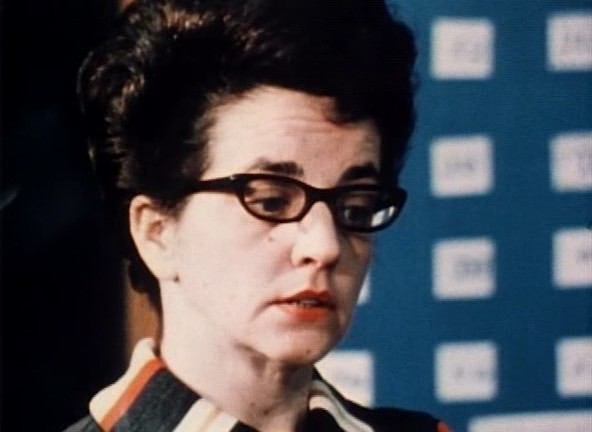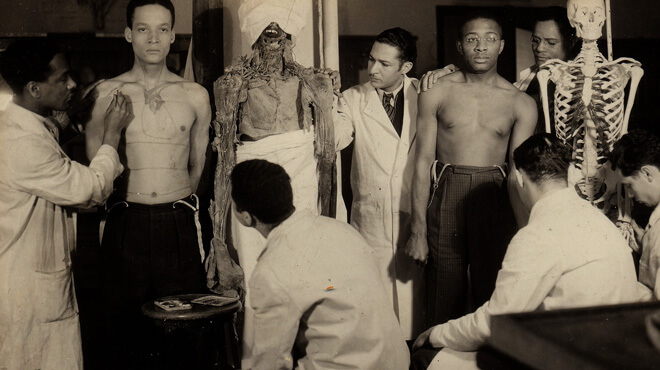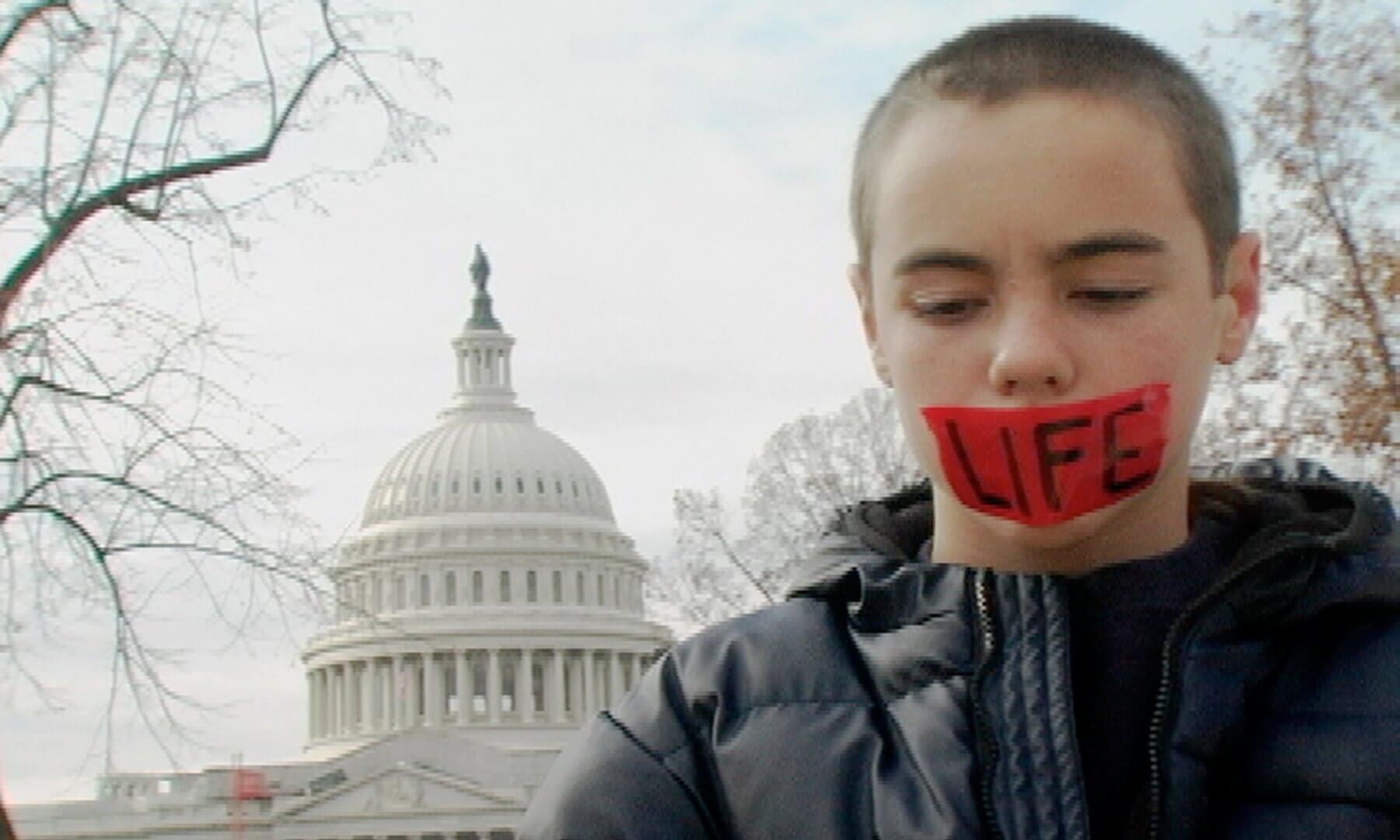description:
In 1968, following the murder of civil rights leader Martin Luther King, Jane Elliott tried discussing issues of discrimination, racism, and prejudice with her third grade class in Riceville, Iowa. Not feeling that the discussion was getting through to her class, who did not normally interact with minorities in their rural town, Mrs. Elliott began a two-day “Blue Eyes/Brown Eyes” exercise to reinforce the unfairness of discrimination and racism: Students with blue eyes were given preferential treatment, given positive reinforcement, and made to feel superior over those with brown eyes for one day; the procedure was reversed the next day, with Mrs. Elliott giving favorable preference to brown-eyed students. As a result, whichever group was favored by Elliott performed enthusiastically in class, answered questions quickly and accurately, and performed better in tests; those who were discriminated against felt more downcast, were hesitant and uncertain in their answers, and performed poorly in tests.
William Peters became interested in Mrs. Elliott after reading an article about her work in The New York Times and arranged soon afterward to film the class. The resulting footage would become The Eye of the Storm, which originally aired on ABC in 1970. Peters was surprised by the change he observed in the children and remarked at how disinterested they were with the cameras, because they were so involved in the exercise that they had no idea they were being filmed.
“A Class Divided” picks up the story in August 1984, with Peters following up on Mrs. Elliott and eleven of the now-grown children, who reunite during their high-school reunion. At their request, the former students and Mrs. Elliott together rewatch The Eye of the Storm. Scenes from that original film are interspersed with the participants’ present-day reactions and anecdotes. As Charlie Cobb notes in his narration, the get-together is Mrs. Elliott’s first chance to find out how much of the lesson her students retained. The students recall in interviews their memories of their feelings at the time of the film, including that of shame and anger when wearing the brown identifying collars (Mrs. Elliott employed them to easily identify the group being discriminated against) as well as that of elation and superiority when they shed the collars. The now-adults agree, as they had learned after the 1970 experiment, that racism and prejudice are wrong, and that the life-affecting lesson should be experienced by other children, teachers, and adults in the present day as a form of understanding.
“A Class Divided” confirms that Mrs. Elliott has continued her “Blue Eyes/Brown Eyes” experiment in the present day, though there has been little outward reaction from parents or school authorities in Riceville. “A Class Divided” also demonstrates that The Eye of the Storm and the lessons it demonstrates have been widely used in other schools, government, the business world, and correctional systems across the country. The latter is evidenced by scenes in New York’s Green Haven Correctional Facility, where Eye is shown to a class taught by a sociology professor, and in Iowa, where Mrs. Elliott is shown presenting her “Blue Eyes/Brown Eyes” lesson to employees of the state’s corrections department.










